Key Takeaways
- Murders at Karlov Manor and Outlaws Of Thunder Junction were too heavy on allusions to pop culture.
- The jump from Bloomburrow to Duskmourn was well-received.
- Will we be seeing a spy set in the next few years?
Magic: The Gathering has never shied away from its pop-culture inspirations. Its second-ever set was called Arabian Nights, and since then some of its most-popular settings including the Greek-flavoured Theros, the gothic horror of Innistrad, and the fairy-tale glades of Eldraine.
2024 has perhaps been the heaviest on these ‘top-down’ designs, with Murders at Karlov Manor, Outlaws of Thunder Junction, Bloomburrow, and Duskmourn giving us murder mystery, the Wild West, woodland fantasy, and modern horror respectively. I spoke to Magic’s head designer Mark Rosewater about the pros and cons of relying so heavily on inspirations, and got some clues as to what could be coming in the future in the process.
In Magic, sets (and individual cards) are either top-down or bottom-up. Bottom-up cards are designed mechanically first with the aesthetics layered on top, whereas top-down design uses theme and flavour to inspire the mechanics.
Kamigawa Changed Everything
2022’s Kamigawa: Neon Dynasty was a watershed moment for Magic. Kamigawa was considered a setting that was beyond saving–its focus on Japanese mythology was too niche for most players.
“[The original Kamigawa sets, Champions, Betrayers, and Saviors of Kamigawa] was one of the poorest selling and lowest rated series of Magic sets in market research of any Magic setting we’d done, so whenever the idea came up of revisiting it, we balked.” Says Rosewater, “Why return to a world players showed they disliked when there are so many worlds that players adored?”
“…maybe we should evaluate other ideas we’d previously dismissed.”
But then, in 2022, we had Kamigawa: Neon Dynasty. After 18 years away, we returned to a modern-day Kamigawa that used anime and cyberpunk inspirations to update the setting. It quickly went on to be one of the best-selling sets of all time, and is considered a high point for Magic.
“Kamigawa: Neon Dynasty was a huge hit, doing a number of things we’d claimed in the past we shouldn’t do. If we were wrong about Kamigawa, maybe we should evaluate other ideas we’d previously dismissed. It was an eye-opening moment that changed the direction of future Magic design.”
It didn’t just convince Wizards of the Coast to revisit older planes, though. Both the recent Duskmourn: House of Horror and next year’s Edge of Eternities push into more modern themes (or, in Edge of Eternities’ case, full-on sci-fi), and we have Kamigawa to thank for that: “Edge of Eternities and Duskmourn wouldn’t have happened as fast, if at all, without Kamigawa: Neon Dynasty’s success. It inspired us to continue pushing boundaries.”
Murders At Karlov Manor And Outlaws Of Thunder Junction: The Hat Sets
With Magic sets being worked on two or three years in advance, we’re just beginning to see the impact Kamigawa has had on it. The first two sets of this year both play in genres Magic’s never touched before, with Murders at Karlov Manor combining noir and murder mystery into a set full of detectives and suspects, while Outlaws of Thunder Junction was a rootin’, tootin’ showdown in the Wild West.
Unfortunately, these sets weren’t successes, with Murders at Karlov Manor in particular being singled out by Rosewater as one of the worst-performing sets in a long time.
Part of the problem was that both sets went too hard on the low-hanging fruit. Thunder Junction featured cards like Loan Shark (with a literal shark), High Noon, and This Town Ain’t Big Enough, which felt too wink-wink-nudge-nudge in Magic’s otherwise cohesive multiverse.
“In hindsight, I think we needed to do a little less murder mystery, and a little more traditional Ravnica.”
Though Rosewater is a fan of such quippy cards – having a career in comedy writing before joining Wizards in 1995 and being the brain behind Magic’s various parody ‘Un-sets’ – he does admit the balance was off in Murders at Karlov Manor and Thunder Junction:
“… Players generally like allusions, but as with other tropes, we want them to feel organic to the world of the set. Likewise, I think humor is important, but it needs to belong to the world it occurs on. I think 2024 was a little too high on both inorganic allusions and overly jokey humour.”
The other problem was that both sets’ worldbuilding felt incredibly flat. Magic is known for its rich worlds, but Thunder Junction felt underdeveloped, turning into a rogue’s gallery of Magic baddies wearing cowboy costumes. Murders at Karlov Manor, meanwhile, took one of Magic’s most beloved settings of Ravnica and did little with it, turning the city into a playground for wannabe detectives seemingly out of nowhere.
The way Ravnica wasn’t used to its full potential in Karlov Manor is something Rosewater particularly regrets. “In hindsight, I think we needed to do a little less murder mystery, and a little more traditional Ravnica. Backdrop sets, we’ve learned, still need to feel integral to the world they take place on. Also, murder mystery ended up being little less of an environmental setting than we realized when we first planned it. Magic sets are at their best when their themes are environmental.”
I, personally, really enjoyed Karlov Manor. I’m a big fan of murder mystery fiction so enjoyed its tropier elements, even if it did feel paper-thin in its execution.
These missteps lead to both sets derisively being described as “hat sets” – poking at the high number of trilbies in Karlov Manor and Stetsons in Thunder Junction.
“I think the problem with 2024 was two-fold,” says Rosewater, when asked about the lack of depth in both sets’ worlds. “First, we did four premier sets in a row that were either brand new worlds or a new theme on an existing world. This just made the percentage of trope cards higher than average. Second, we didn’t put enough of a Magic twist on them. Market research shows that players like the tropes, but are happier when they feel like our take rather than just a straight repeat of them. (For example, bear-hunting Goldilocks is preferred to normal Goldilocks.)”
Outlaws of Thunder Junction had its own problem. It was the first of a style of set Wizards is calling “showcase sets”, which bring together various characters from across the multiverse who’d otherwise never interact. While we will be seeing a second attempt at this in next year’s racing-themed Aetherdrift, making it feel less contrived than Thunder Junction is a goal for Rosewater.
“I don’t think we did a good job of pulling it off. The biggest strike against it was there were too many characters that didn’t feel like they organically belonged there.”
Bloomburrow And Duskmourn: Top-Down Done Right
After the flubs of Karlov Manor and Thunder Junction, the second half of the year showed what can happen when things go well. Bloomburrow quickly became an all-timer of a setting, with its pastoral, animal fantasy vibes bringing in tons of new players. Fans are even already begging for the setting to return. It was followed up with Duskmourn, a brutal world inspired by modern horror and haunted houses.
“Players like cool planes filled with flavourful designs, as long as those cards feel natural to the world.”
One of Rosewater’s favourite top-down designs comes from the latter, “One of my absolute favorite designs from Duskmourn (made by the set’s vision lead designer, Annie Sardelis) was Haunted Screen. It’s a television that taps for black or white, but can tap for red, or green, and blue if you pay life (red, green, and blue being the three primary colors of light used in television sets).”
The difference between the depth of Bloomburrow and Duskmourn, and the hat-centric sets that came before it, is like night and day. “The big lesson is one of execution. Players like cool planes filled with flavourful designs, as long as those cards feel natural to the world,” Rosewater explains. “Bloomburrow was also helped by the fact that the genre we used for inspiration was a little less generally known, making many of the allusions feel different for many players.”
One thing that stood out to me this year was the transition from Bloomburrow’s cosy, gentle vibes, to the harsh and outright gory Duskmourn. It was a major tonal whiplash going from one to the other, but it’s one that appears to have paid off. “We were conscious of the starkness between the two worlds. We saw it as an experiment, one which went over well.”
Top-Down Designs Aren’t Going Anywhere
Despite being a big talking point this year, when it’s done well, top-down design is often some of the most exciting and interesting design in all of Magic. It might sometimes have its flops like Thunder Junction or Karlov Manor, but more often than not it gives us Bloomburrow and Duskmourn instead.
While Rosewater didn’t confirm or deny any genres Magic will be experimenting with in the years to come, he did give a very big hint by explaining which genre he’s most excited to take Magic to next:
“I took a look at all the best-selling movie franchises of all time and grouped each into its genre. Of the ones I looked at, we had done every genre but one (with the caveat that normal Magic is already pretty superhero inspired – aka costumed characters with powers). That’s the genre I’m personally most excited to do.”
Looking at the top-grossing franchises of all time, we’ve had plenty of superhero stuff, Strixhaven covers Wizarding World, and Ixalan alone covers both Jurassic World and Pirates of the Caribbean. With next year ticking off Fast & The Furious with Aetherdrift, and Star Wars with Edge of Eternities, the three big movies left unaccounted for are: James Bond, Despicable Me, and Mission: Impossible.
So who knows? Maybe in a few years we’ll see Magic take on the spy genre, with all its zipwire-sneaking, suave tuxedos, and evil supervillains. But let’s hope Rosewater and his teams at Wizards have learned from their mistakes, and give us more of Bloomburrow and less of Karlov Manor.
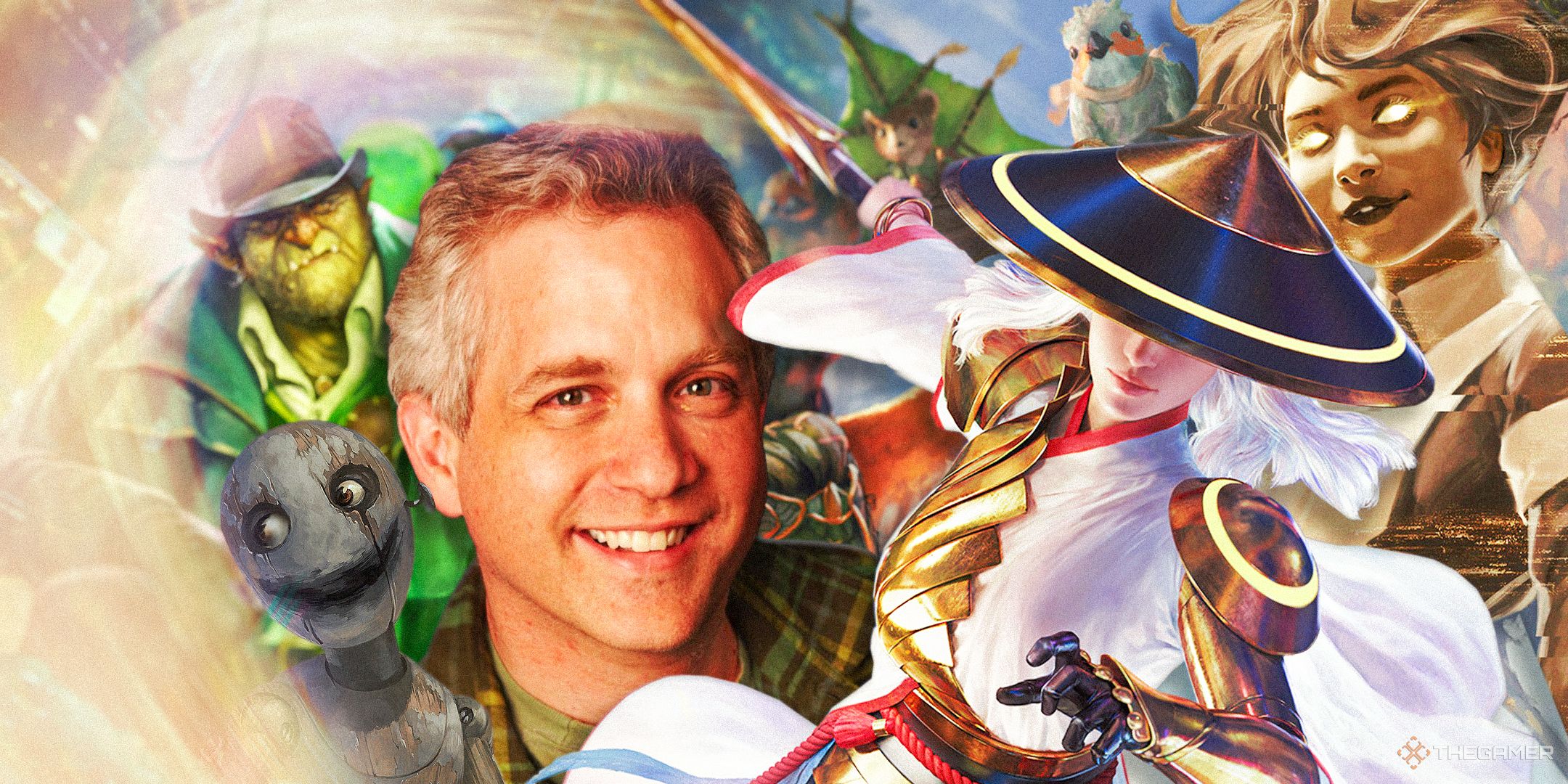

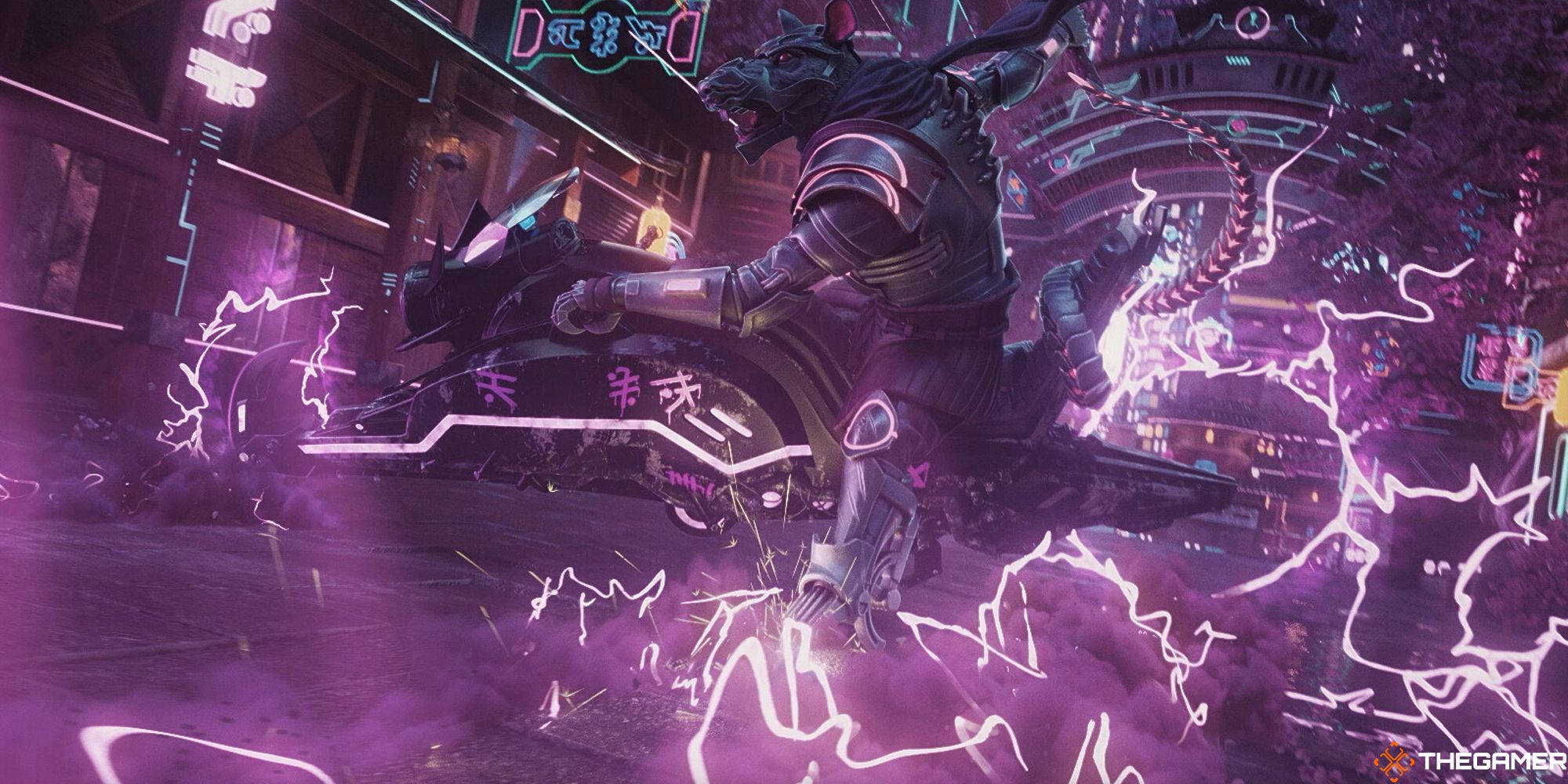
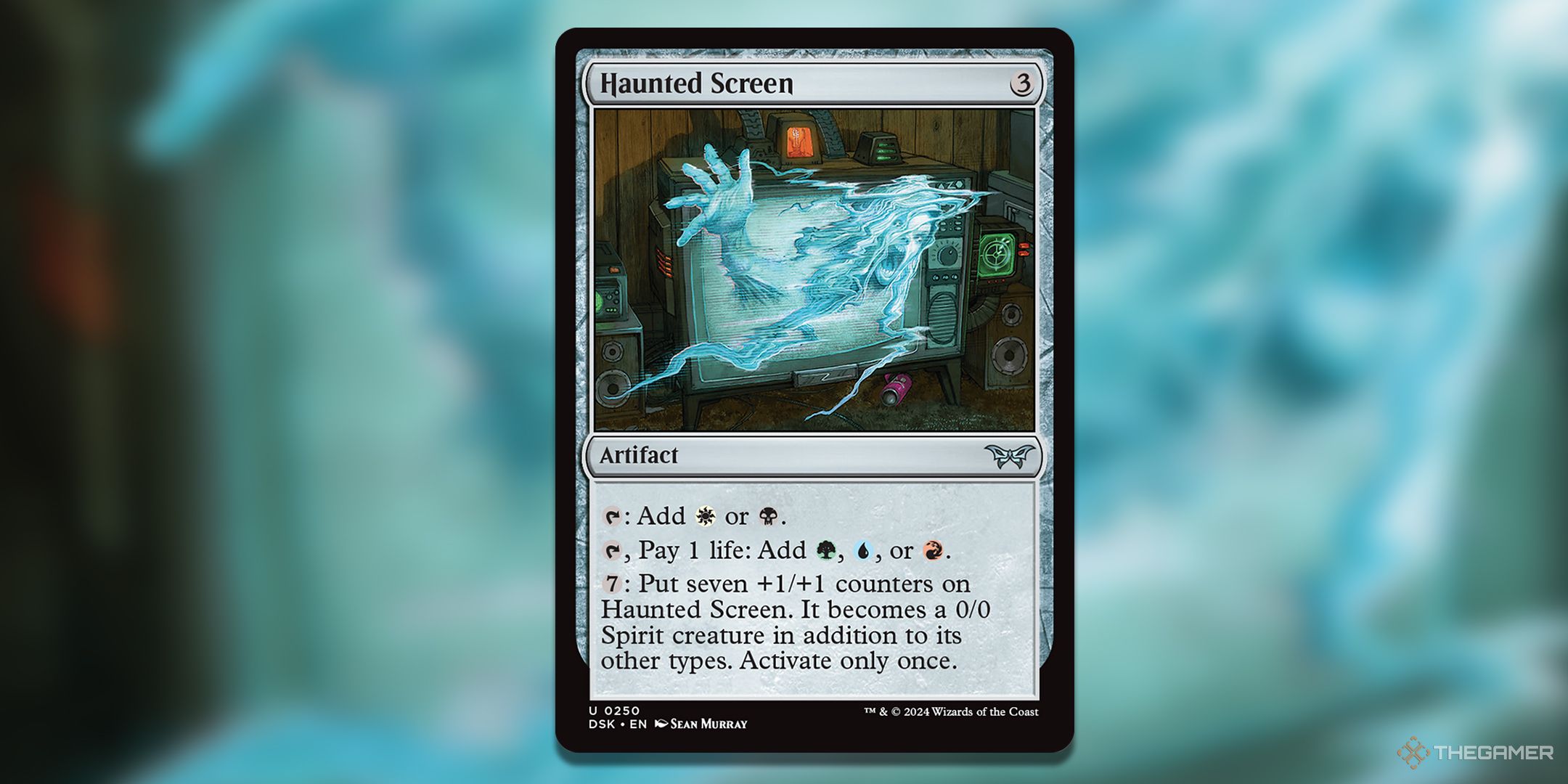
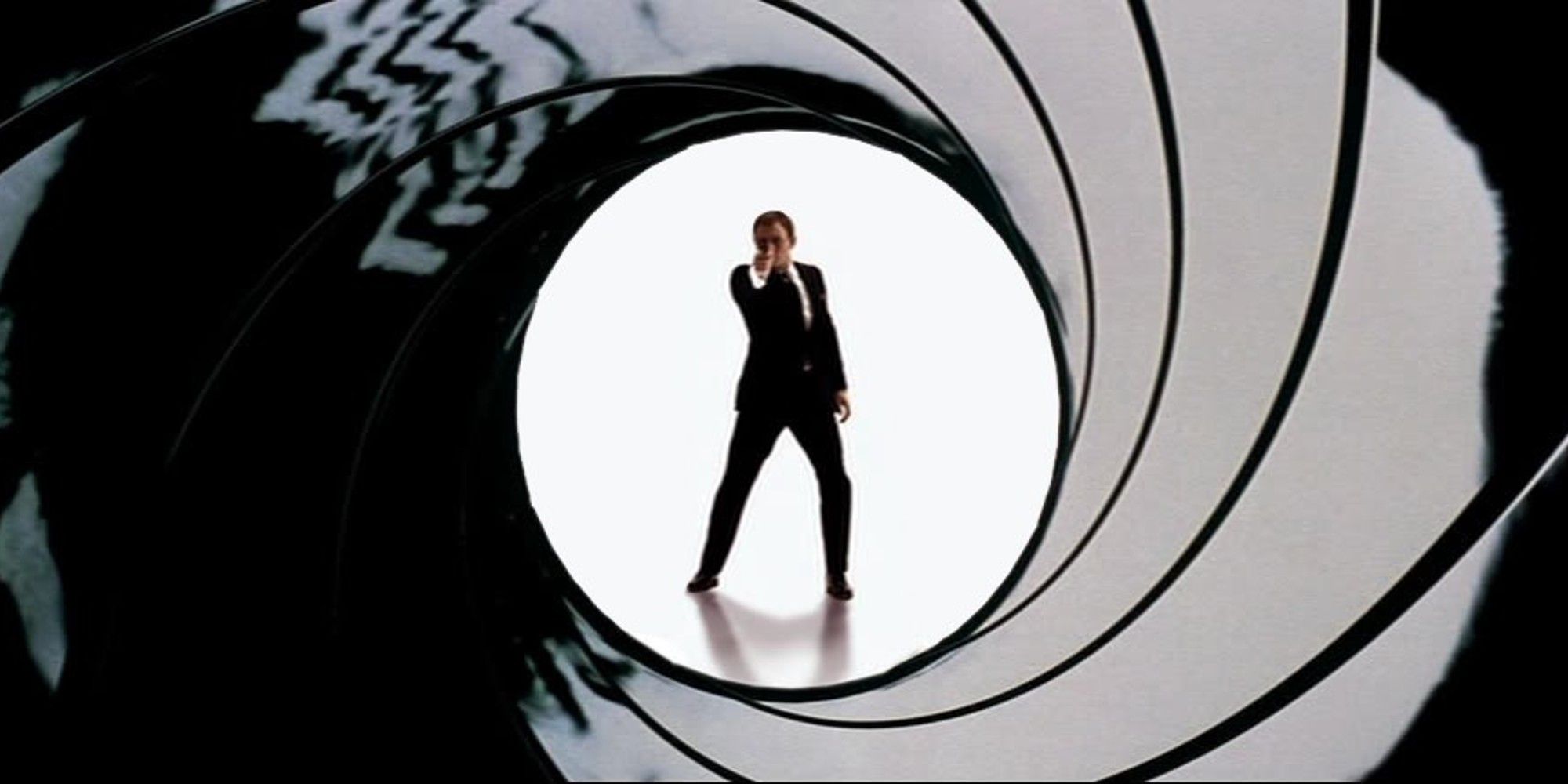
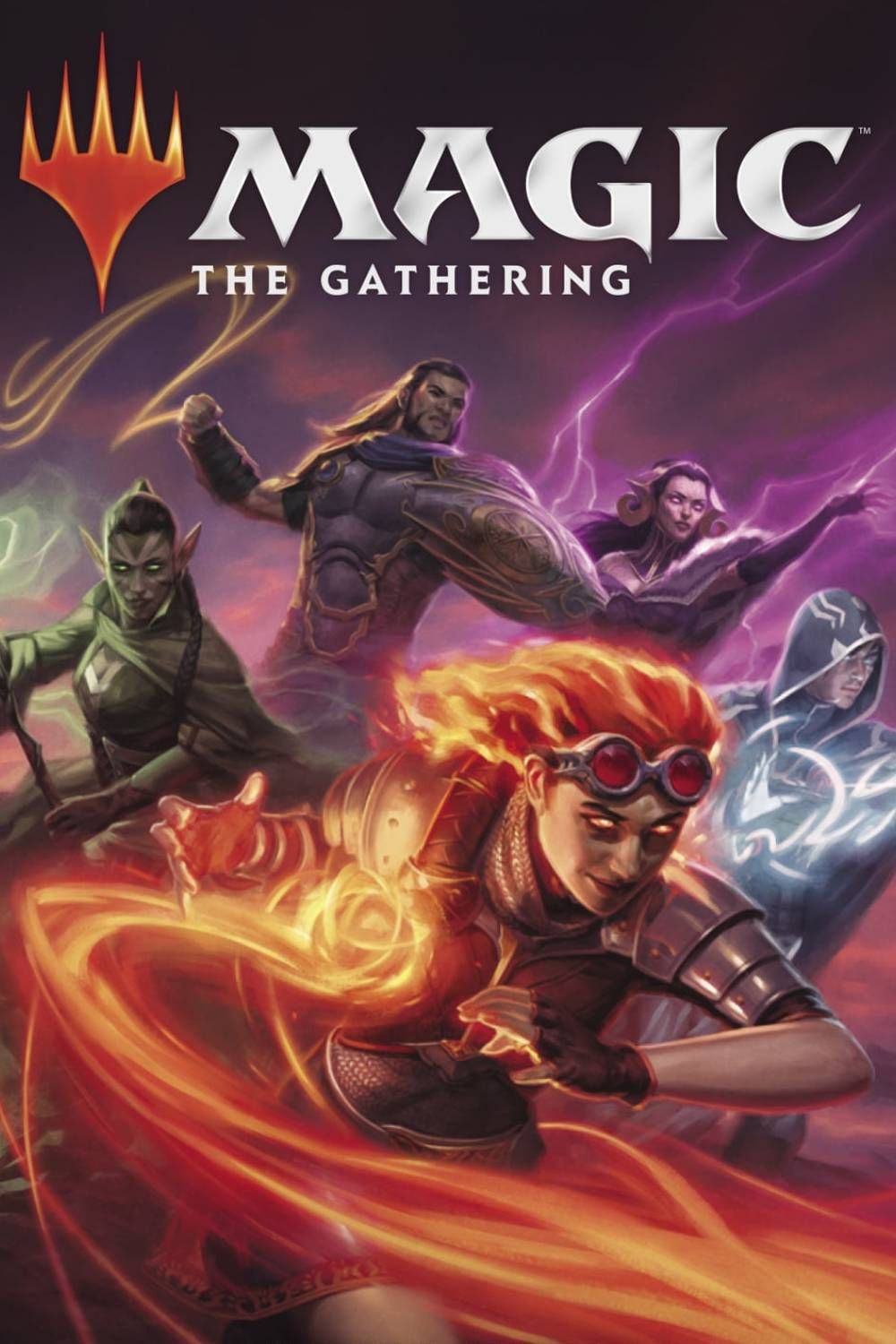
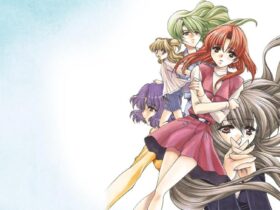
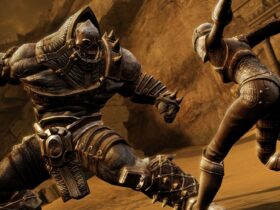
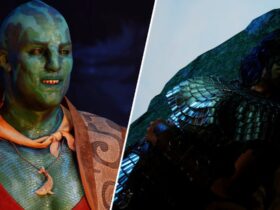
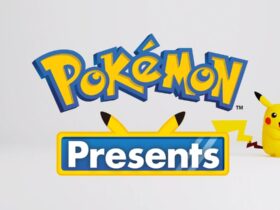

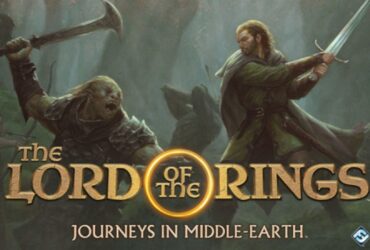
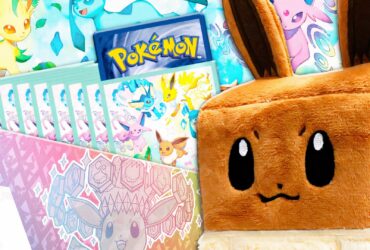
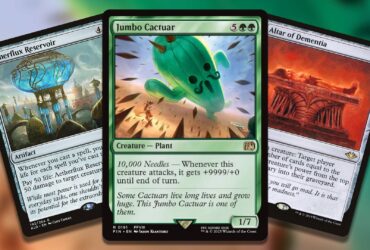
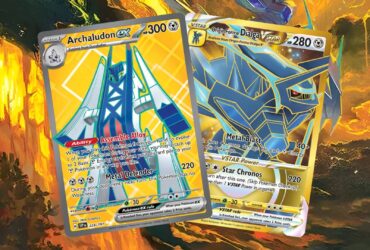
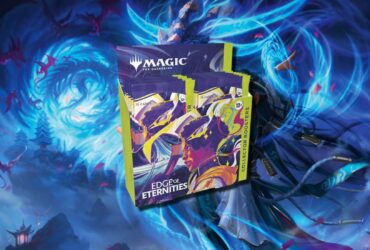
Leave a Reply